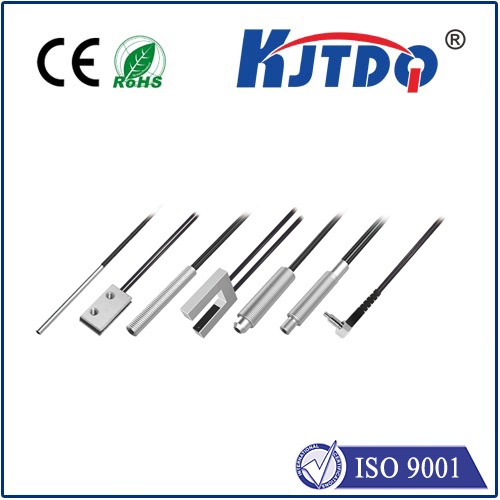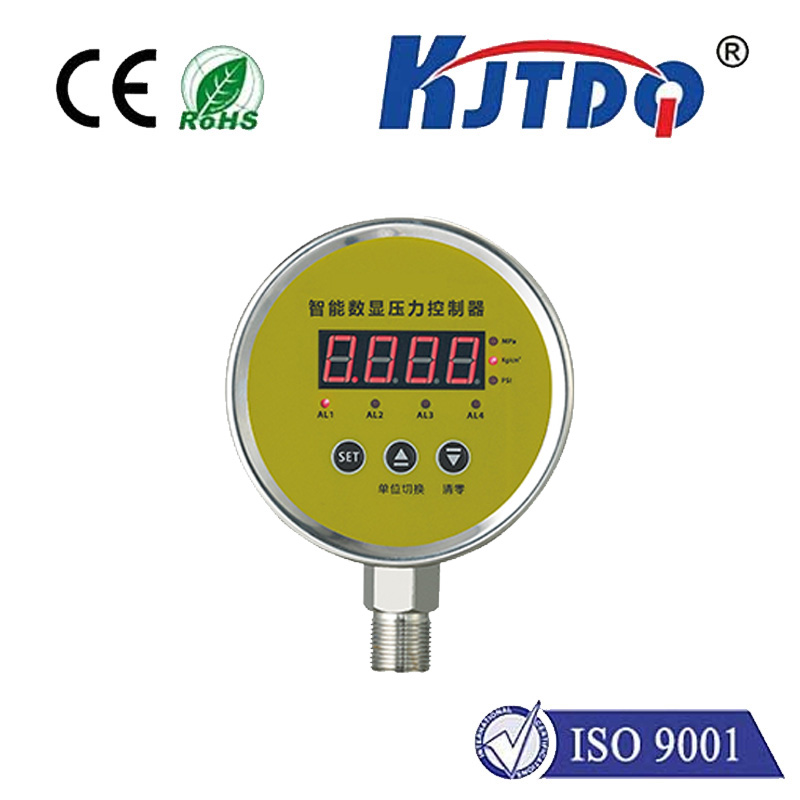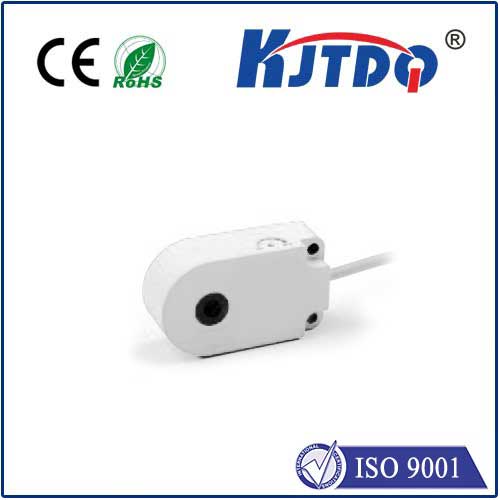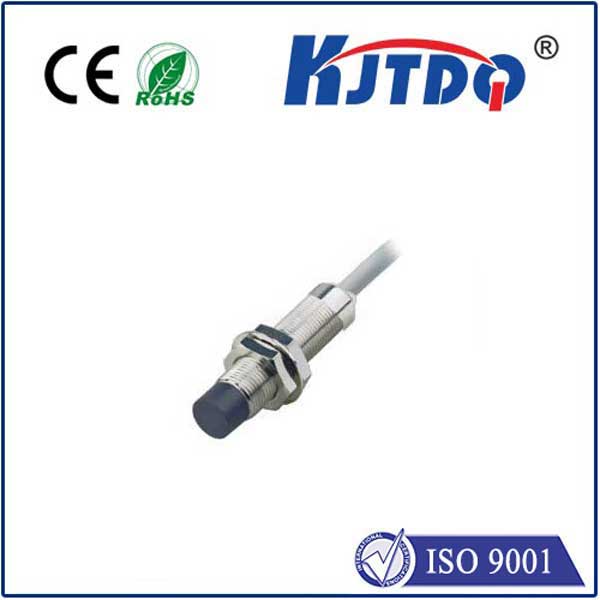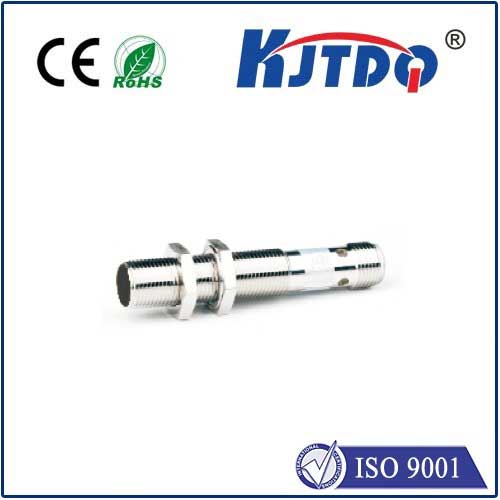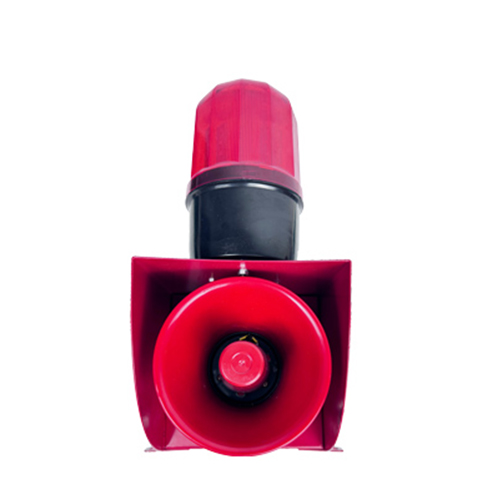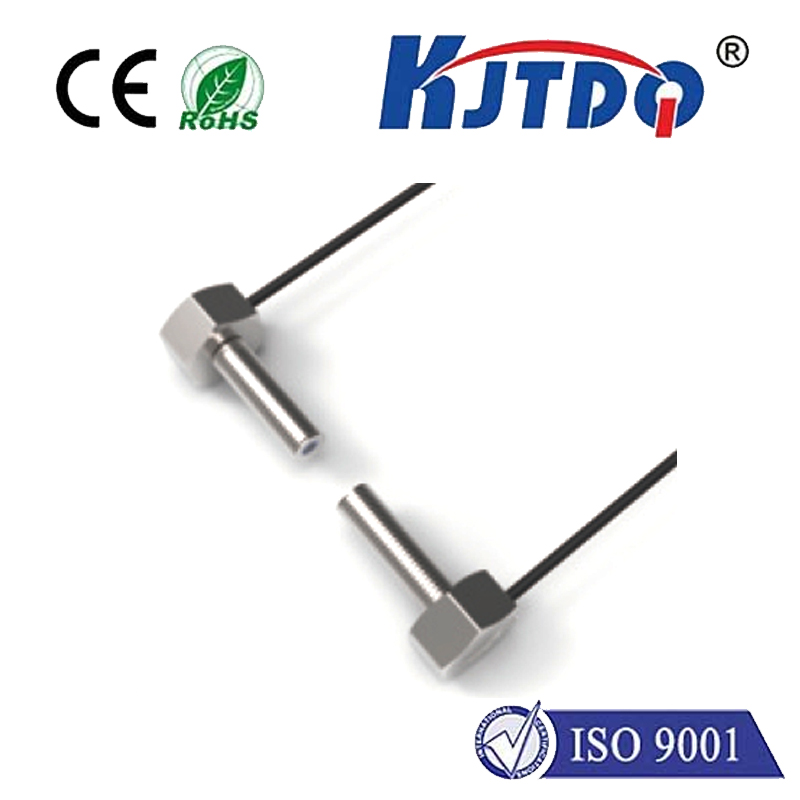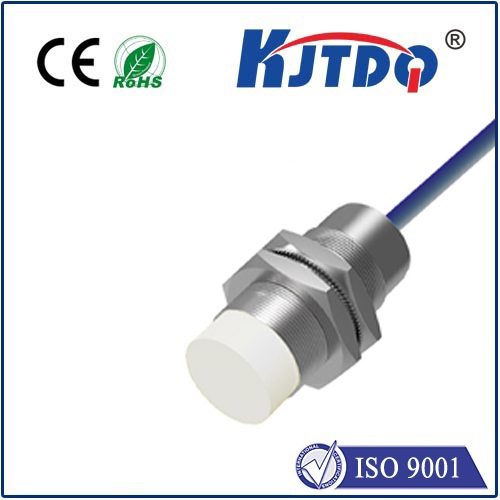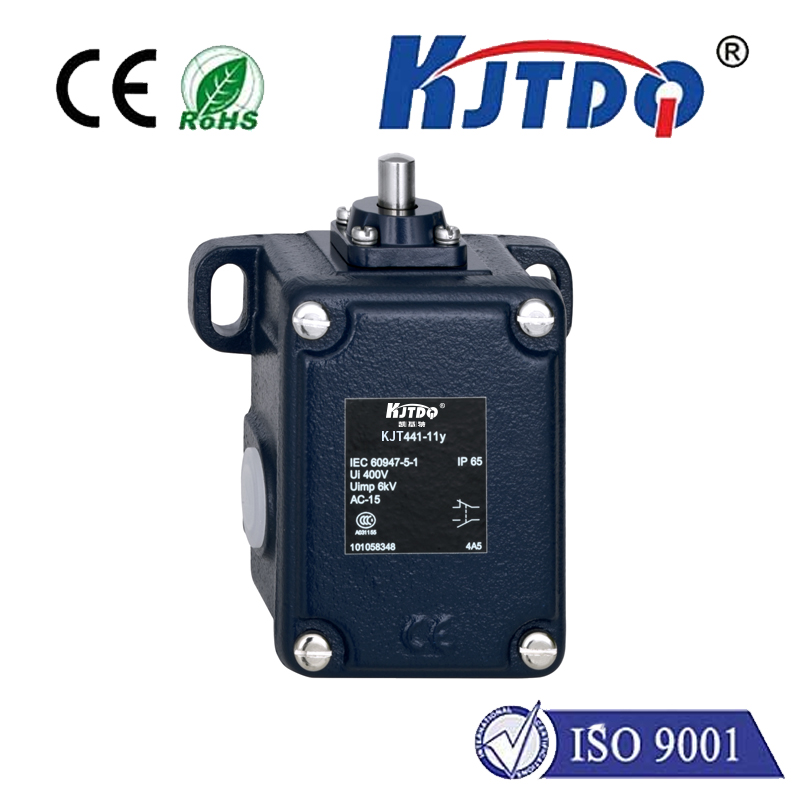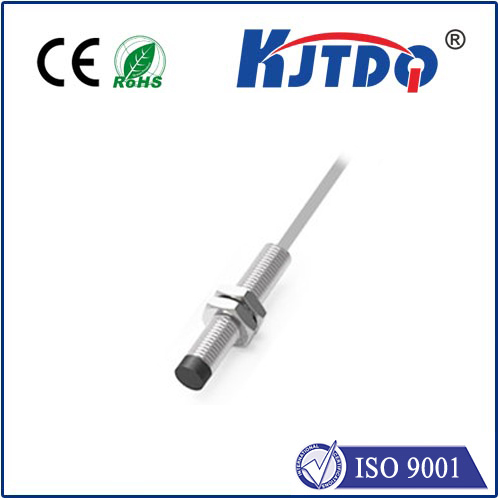

check

check

check

check

check

check

check

check

check

check
In the field of industrial automation, sensors are very important devices that can convert physical quantities into electrical signals and provide the required information to the control system. Fiber optic sensors and photoelectric sensors are the two main types of sensors, and they have different working principles and application ranges. This article will focus on the differences between fiber optic sensors and photoelectric sensors.
Fiber optic sensor is a sensor based on optical fiber technology, which uses the essential characteristics of optical fiber for measurement and transmission. The principle is to emit an optical signal through an electromagnetic transmitter and transmit it to the receiver through optical fiber. When the optical signal encounters changes in certain physical quantities, such as temperature, pressure, tension, etc., it will affect the optical signal and be converted into an electrical signal by the receiver. Fiber optic sensors have the advantages of anti-electromagnetic interference, corrosion resistance, high sensitivity and long transmission distance, so they are widely used in some special environments.
In contrast, a photoelectric sensor is a sensor based on optoelectronic technology. It uses photoelectric components such as photodiodes or photoresistors to receive light signals in the environment and convert them into electrical signals. Photoelectric sensors are generally suitable for detecting parameters such as the presence, color, distance and speed of objects. Their working principle is that when a light signal shines on the photoelectric element, the photoelectric element will generate a current or voltage signal. Based on the changes in the signal, specific properties of the object can be determined. Photoelectric sensors are characterized by small size, fast response speed and high accuracy. Therefore, it is widely used in detection and control applications of some automated production lines.
It should be noted that although fiber optic sensors and photoelectric sensors both have the word "light" in their names, their working principles are different. Optical fiber sensors mainly use the characteristics of optical signals transmitted in optical fibers to judge physical quantities by measuring changes in optical signals, while photoelectric sensors rely on optoelectronic components to receive optical signals in the environment. Due to their different working principles, the applicable scope and characteristics of the two will also be different in practical applications.
In summary, fiber optic sensors and photoelectric sensors are common sensor types in the field of industrial automation. They have different advantages and scope of application in practical applications. Optical fiber sensors use the transmission characteristics of optical fibers for measurement and transmission, and have the characteristics of anti-interference and corrosion resistance; while photoelectric sensors use photoelectric elements to receive light signals in the environment to achieve detection and control, and have the characteristics of small size and fast response. . Depending on the specific application needs and environmental conditions, selecting the appropriate sensor type will better meet the requirements of industrial automation.
